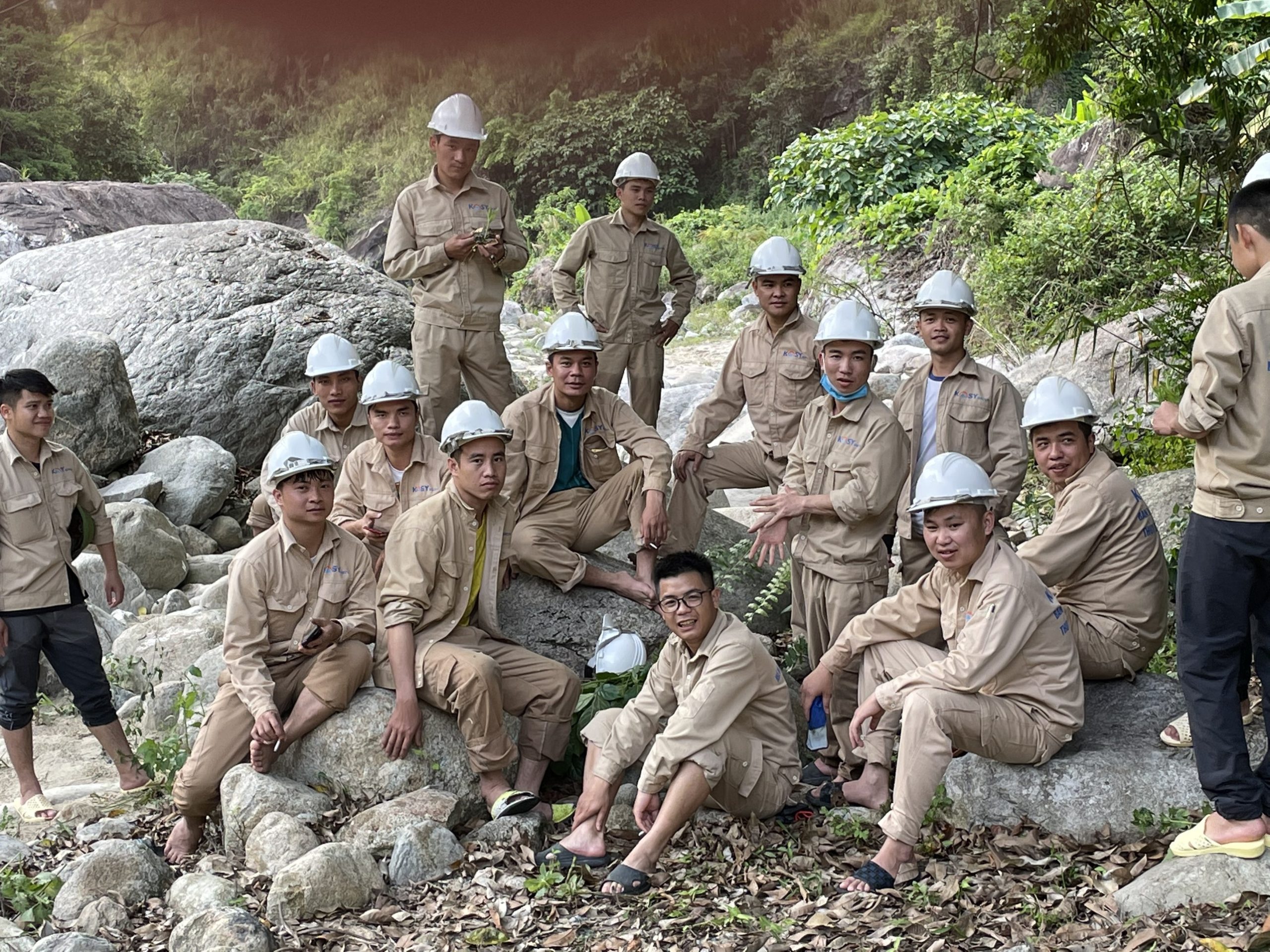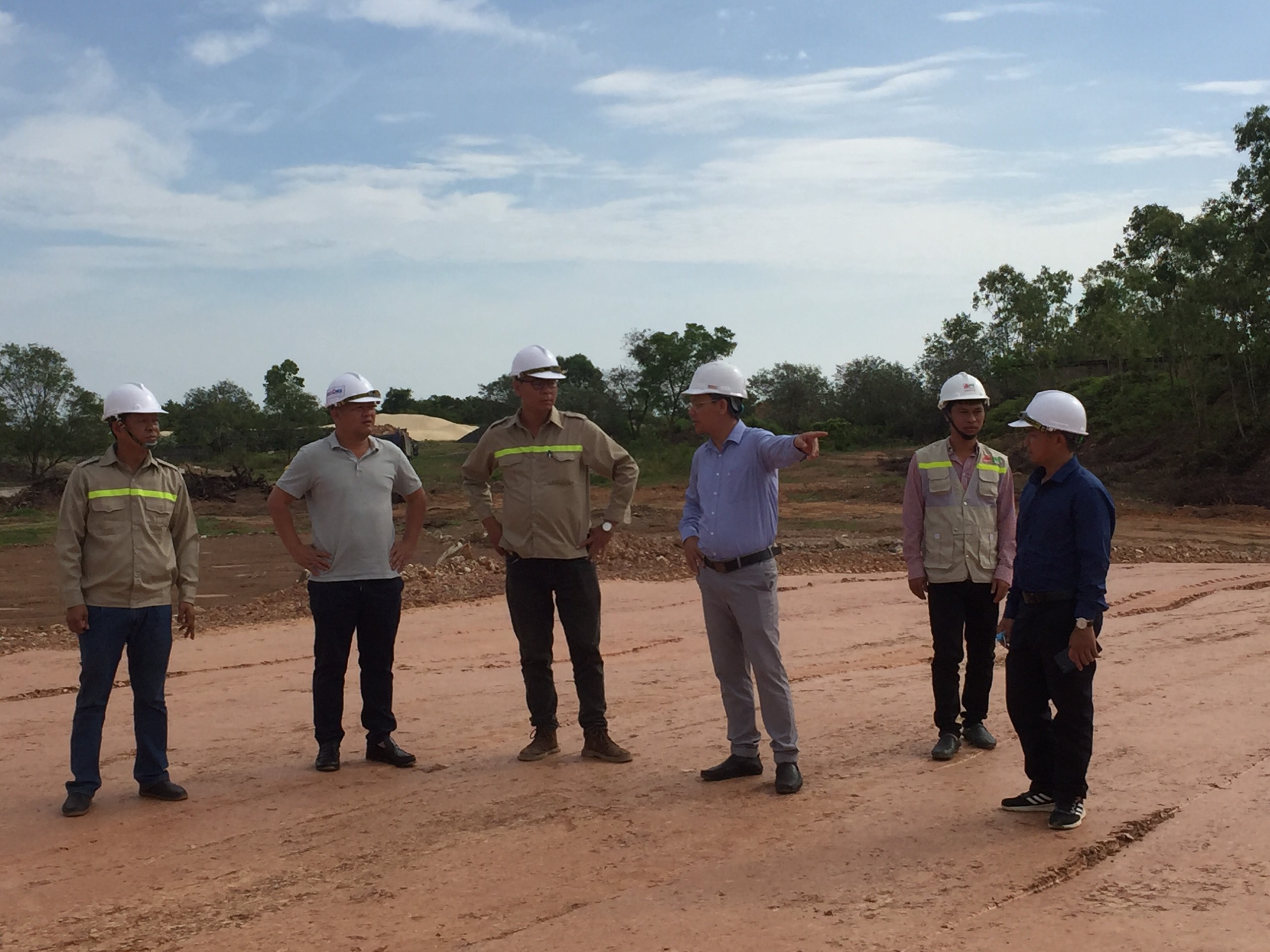Challenges of international economic integration for Vietnam’s enterprises and State measures (MA. Nguyen Duc Diep – Deputy General Director of Kosy JSC)

.jpg)
Globalization and international economic integration have been one of the main trends of international economic relation at present. The today world is under the process of drastically international integration. This process occurs not only in commerce, production, services, finance and investment but also in cultural, social and environmental fields in diverse forms and various levels. The international economic integration creates close relations, mutual dependence and reciprocal impacts between economies. Through the liberalization, the international economic integration has created new advantages to push up development of productive forces, accelerate economic exchange and contribute to exploit comparative advantage of the countries in the global economy to the maximum.
Vietnam’s economic has really linked with regional and world economy. In recent years, Vietnam has obtained achievements through economic integration but confronted a lot of new challenges in many aspects which threaten Vietnam’s enterprises and State:
1- The enterprises:
– The domestic market is fiercer and severer competition with more “competitors” in wider and deeper facets;
– The enterprises must acquire and understand regulations of WTO, regional commitments and rules of the partners;
– The enterprises must apply domestic and international standards;
– The enterprises must be more cautious about selecting partners, market, mode of business and signing contracts;
– Many preferential policy, subsidies and protectionism policy of the State are abolished. This puts strong pressure on enterprises, especially ones who are familiar with subsidy of the State or have weak financial potential and backward technology. This situation is rather popular in Vietnam’s enterprises;
– The market drastically changes and requires the enterprises to be highly adaptable and flexible;
– It is not easy to solve shortcomings.
– Some sectors, products and enterprises may be lost out.
Measures taken to overcome the above challenges by Vietnam’s enterprises:
– To learn about matters relating to development and integration; regularly acquire knowledge and information (self-learning, employing experts and consultants);
– To reform business thought in line with new context;
– To build up business strategies on a basis of comparative advantages and in the orientation of enhancing position in value chain;
– To take measures to improve competitive capacity and position in value chain;
– To strength cooperation with other enterprises; participate in clusters, networks and associations;
– To carry out reform of business thought:
+ To give up dependent thought on protectionism, subsidy and preferences of the State and on familiar relations;
+ To give up inappropriate habits (back door, counterfeit goods…);
+ To adapt to competition and elimination of the market;
+ To change short-term thought into long-term strategic thought;
+ To replace “who wins who” thought with “win-win” thought;
+ To replace closed thought with link, cooperation and specialization; participate in clusters, out-sourcing, off-shoring;
+ To attach importance to market research, customers and product consumption; thereby set up business plan.
– To carry out reform of competitive strategy:
+ To have both feet on the ground and create win-win advantage;
+ To search the way of development and advantages (rather than eliminating disadvantages); to attach importance to dynamic advantages (in stead of static advantages) and create more added values;
+ To incessantly improve creativeness and better things done by the enterprises;
+ To link evolution of the whole sector and position of the enterprises;
+ To adapt to changes in competitive advantages.
– Enhancing added value:
+ Enhancing added value in production – business is a decisive factor to heighten competitiveness of Vietnam’s enterprises and enable them to maintain and develop, in which added value is equal to value accrued by the enterprise in production – business process; therefore it requires efforts of enterprises and the State of Vietnam;
+ Vietnam’s enterprises often focus on production, processing and assembling but pay less attention to services; therefore, resulting in increased added value and low profits. It is required to shift into improving research & development, marketing and distribution and service development to create more added values.
– Selecting competitive strategies of enterprises:
+ 3 generic strategies: cost leadership strategy, differentiation strategy and segmentation strategy (focus)
+ 3 competitive motivations under International Trade Center (ITC): prompt response, participation in global supply line and all-in services.
2- The State of Vietnam:
Internal challenges:
– The State of Vietnam must amend and adjust the statutory system, economic policy and administrative system accordingly;
– Incomplete market economy system and limited business environment with a lot of obstacles;
– Low starting-point, low labor productivity, backward economic structure, limited competitiveness of economy, products and enterprises and ineffective infrastructure structure;
– Low quality of human resources; limited capacity of state management and corporate administration; weak education – training system in inconformity with development demand;
– Some sectors, products, enterprises and people affected and required to be supported.
External challenges:
– The State of Vietnam must adapt to general rules (WTO and region) and confront with the complicated statutory system of countries;
– Fierce competition on external and internal markets for mostly fields (goods, services, human resources …) at different levels;
– Technical barriers of other countries;
– Pressure in the initial years due to not being market economy;
– Changes in regional and world economic environment, strict competition, prompt changes which require high adaptability.
Measures taken to overcome the above challenges by the State of Vietnam:
– Completing market institution as soon as possible:
+ To supplement and complete institution; set up policies and legal system under market institution in line with demand of development and international commitments;
+ To strongly reform administrative system, change administrative foundation in more public, transparent and effective manner for legitimate sake of all people, including enterprises and entrepreneurs; consider people, enterprises and entrepreneurs as a focal point; and remedy all slack, neglected and irresponsible signs;
+ To reform judiciary system; improve capacity of the apparatus and state staffs;
+ To well organize implementation and supervision of legal enforcement;
+ To create equal and stable business environment;
+ To formulate competitive institutions, control exclusive right and resolve disputes;
+ To interfere and regulate economy in market principle (price of some goods, interest rate …).
– Strictly implementing economic reforms and important socio-economic policies:
+ To reform state-owned enterprises;
+ To reform banking systems, taxation, commerce and public services;
+ To reform education – training system;
+ To develop markets relating to land, labor, capital, technology, services and goods;
+ To develop infrastructural structure;
+ To offer policies to support development of small and medium sized enterprises;
+ To effectively develop social livelihood system.
– Developing industries reasonably:
+ To re-evaluate advantages and limitations of Vietnam’s agricultural sector upon joining international commerce;
+ To adjust overall, regional and sectorial strategies in industries from international cooperation and competition;
+ To expand investment and business liberty in industries for domestic enterprises, private sector and FDI;
+ To adjust investment of the State and state-owned enterprises; to focus on key industries;
+ To re-allocate resources; focusing on advantageous products; narrow or eliminate uncompetitive products;
+ To attach importance to efficiency, quality, technological level and labor productivity; create new position in global line.
– Shifting to agricultural development:
+ To re-evaluate advantages and limitations of Vietnam’s agricultural sector upon joining international commerce;
+ To adjust overall, regional and sectorial strategies in agriculture from the requirement of development and international competition;
+ To link agricultural development with rural development, industry, services, science – technology and environment;
+ To shift into agricultural development in economic scale;
+ To basically shift agricultural production in the orientation of diversification and sustainable development; attach importance to quality and standards of products, labor productivity and added value;
+ To shift the mode of agricultural product business in line with requirement of domestic and international market.
– Shifting corporate structure:
* Rearranging enterprise forces:
+ To carry out drastic and strict reform of the state-owned enterprises; to promptly execute equitization program; reduce shares held by the equitized state-o
Latest news

Sam Son: Untold story

Nam Pac train of youth

The stars in Da La sky




